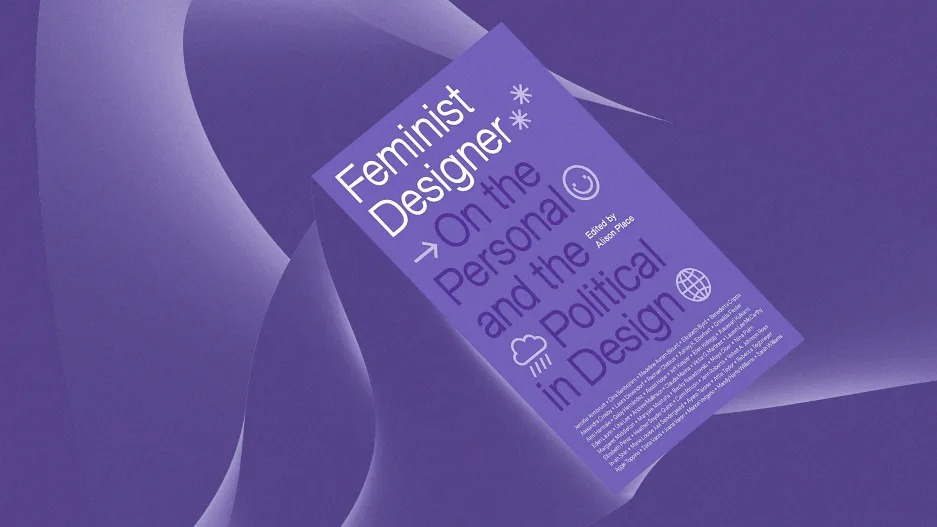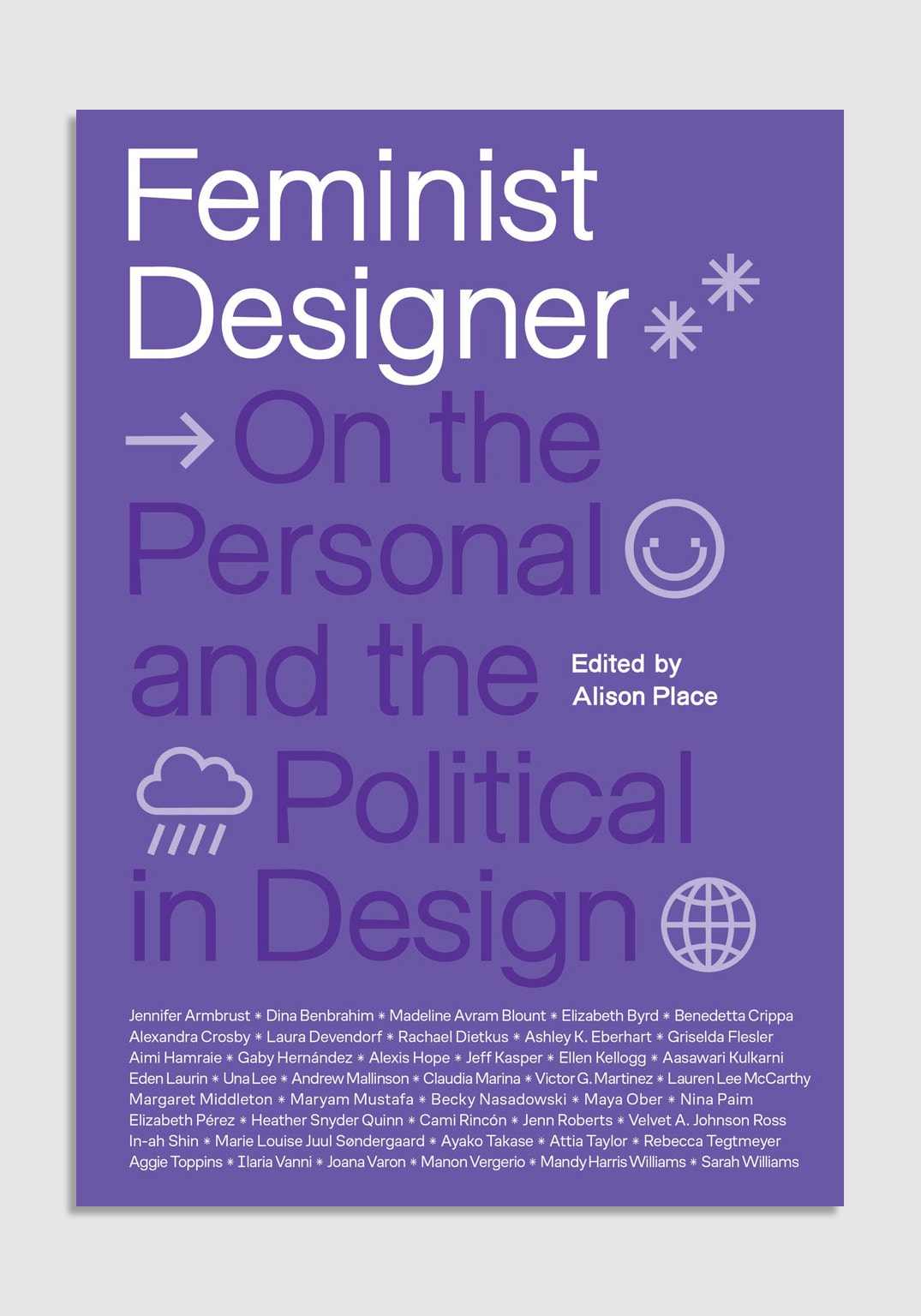- | 8:00 am
Every designer should be a feminist
When design is viewed through a feminist lens, the inherent power structures of the world are revealed.

Design today is troubled—and troubling.
The role of design in our lives has exploded in recent decades to become nearly ubiquitous and almost entirely unavoidable. It mediates our relationships, our work, our communication, our health, our communities, our sense of self. Few if any aspects of our existence are untouched by the design of artifacts, spaces, systems, and technologies. Design is often touted as an intervention for improving or optimizing our lives, which obscures its role in reflecting and perpetuating deeply embedded power structures in society that oppress people, exploit labor, and deplete resources. We tend to overestimate how much of design’s negative impact is due to individual designers’ implicit bias, while overlooking how deeply entangled it is in complex power structures and deeply rooted systems of oppression.
Occasionally, it is possible to draw a line directly from a decision made by a designer to an instance of blatant oppression, such as automated soap dispensers that don’t recognize hands with dark skin or an airport scanning machine that allows bodies to be read only as male or female. But the ways in which design reinforces oppression are most often not so clear, webbed in systems and processes that are much more complex than one ignorant decision. When design is part of the solution, it is also inevitably part of the problem, too.
Design is an activity that humans have always done. It was only relatively recently professionalized as the discipline that we understand it as today. In Design, When Everybody Designs, Ezio Manzini writes that “in a world in rapid and profound transformation, we are all designers,” including individuals, organizations, businesses, public entities, cities, and nation-states. However, as Sasha Constanza-Chock argues in Design Justice, inclusive visions of design as a universal human activity conflict with the political and economic realities of the discipline. “True, everyone designs,” they write, “but only certain kinds of design work are acknowledged, valorized, remunerated and credited.”
The existing frameworks we have for doing design equitably leave much to be desired. Design for good, design for social impact, and human-centered design are frames whose very existence demonstrate that dominant ways of doing design are neither good nor socially beneficial. Most designers say they want to improve people’s lives, but good intentions are not enough. Even socially conscious frameworks leave a designer woefully ill equipped to address the complex and changing role that design plays in reinforcing power structures and reproducing inequality.
In our increasingly globalized world—and our increasingly designed world—designers need to understand the complexities of power and be held accountable for the role they play in larger social, political, economic, and environmental systems.
In other words, designers should all be feminists. Feminism is not just about gender; it is also about power. When viewed through a feminist lens, the trouble with design is not simply a matter of unintended consequences—it is a matter of ingrained power structures that influence design’s methods and dictate its impact.
Now more than ever, we need feminist ways of doing design, and we need ways of doing feminism through design. The purposes of engaging feminism within design are, first, to examine the ways in which designed artifacts and systems as well as design processes and methods either reinforce or undermine oppression at the intersection of gender, race, class, ability, and other situated identities and, second, to propose and make space for alternative ways of doing design otherwise.

Feminism and design have more in common than you might think. As collective endeavors to shape human experiences, the two share mutually beneficial objectives; design provides a medium for putting feminist theory into action, and feminism provides a framework for making that action more equitable and beneficial to the lived experiences of real people. Design is still a rapidly evolving discipline, and it
is reasonable to understand it as a project that is unfinished and possible to change. At its root, design is a way of thinking, learning, and engaging with the world. So is feminism.
This was an excerpt from Feminist Designer, one of our best design books of 2023.





































